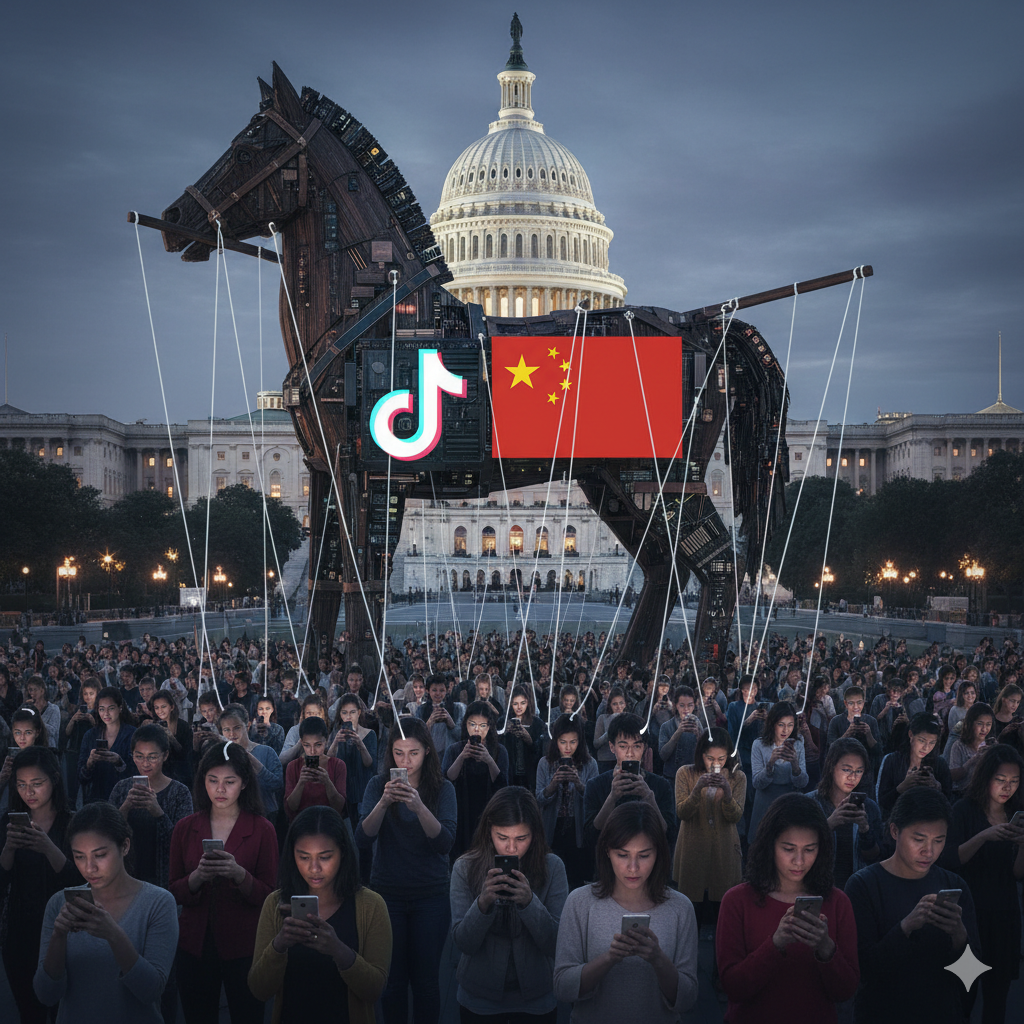David’s Note: This article was substantially revised on October 10, 2025 to incorporate new research and provide a more comprehensive analysis.
Introduction: The Chasm Between Perceived Legitimacy and Proven Fragility
A “51% attack” occurs when a single entity seizes control of a blockchain’s computational power. This is not a distant, theoretical risk. Between 2019 and 2020 alone, researchers at the MIT Digital Currency Initiative documented over 40 such attacks on various cryptocurrencies.1 These events represent a recurring and tangible danger to the integrity of many networks.
When a digital asset is listed on a prominent, regulated exchange like Coinbase, Kraken, or Gemini, it sends a powerful signal to the market.2 This listing acts as an implicit endorsement. It suggests the asset has passed a rigorous vetting process and meets a baseline standard for technical soundness.3 This report contends that in the case of Ethereum Classic (ETC), this perception of security is dangerously misaligned with its documented history of catastrophic, fundamental breaches.
This analysis will demonstrate a critical flaw in ETC’s security narrative. While protocol changes were implemented after these failures, a key defense mechanism was later deliberately rolled back. This action signals a return to a security posture that has already proven inadequate.
The core of this investigation is not a philosophical debate over blockchain immutability. Instead, it is a critical risk assessment grounded in empirical evidence. The central thesis is this: a profound dissonance exists between the implied security of a premier exchange listing and the proven fragility of the underlying asset. This gap represents a significant, underappreciated risk to market participants.
The case of Ethereum Classic in August 2020 stands as a glaring example of this vulnerability. The network suffered three successful 51% attacks in a single month.4 This report will proceed in a structured manner to build a comprehensive case:
- First, it will establish the foundational principles of Proof-of-Work (PoW) security, focusing on the direct relationship between computational power (hash rate) and network integrity.
- Second, it will present a detailed forensic analysis of the 2020 attacks.
- Third, it will scrutinize the primary response from exchanges—imposing extreme transaction confirmation times—and argue this is a localized tactic, not a fundamental solution.
- Fourth, it will systematically deconstruct and refute the common counterarguments defending ETC’s security.
- Finally, the conclusion will synthesize these findings, offer a forward-looking analysis, and provide specific recommendations for exchanges, regulators, and investors.



